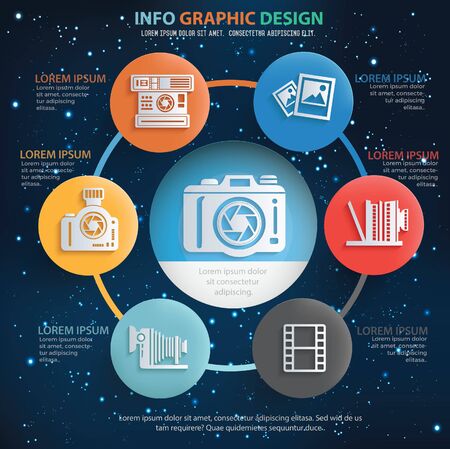Photography Tips For Beginners: Mastering Your Electronic Camera Quickly
Photography Tips For Beginners: Mastering Your Electronic Camera Quickly
Blog Article
Content Develop By-Lundgreen Elmore
When you initially get your electronic camera, it can really feel frustrating with all the settings and choices available. You may find yourself asking yourself exactly how to browse aperture, shutter rate, and ISO effectively. Understanding these fundamentals is crucial, yet there's even more to digital photography than just technical knowledge. Understanding Outside portrait and lighting problems can elevate your images dramatically. So, suppose you could learn simple methods to improve your skills and begin recording remarkable photos quicker than you believe? Allow's check out exactly how to transform your photography journey.
Recognizing Video Camera Settings
Comprehending your video camera setups is crucial for capturing magnificent images. When you pick up your electronic camera, familiarize on your own with the 3 main setups: aperture, shutter rate, and ISO. Each plays an essential duty in just how your pictures turn out.
Start with aperture, which manages the quantity of light entering the lens. A larger aperture (reduced f-number) allows a lot more light and creates a beautiful background blur, ideal for pictures. Conversely, a narrower aperture (higher f-number) maintains more of the scene in focus, perfect for landscapes.
Next, focus on shutter speed. This setting identifies how much time your cam's sensing unit is exposed to light. A fast shutter speed freezes activity, which is wonderful for activity shots, while a sluggish shutter speed can produce stunning effects like smooth water in landscapes.
Lastly, readjust your ISO. https://writeablog.net/shayla6kanisha/crucial-digital-photography-equipment-what-you-truly-required-to-get-started of sensitivity to light. A greater ISO works in low-light situations but can present noise or grain. Go for the lowest ISO feasible while still attaining proper exposure.
Composition Techniques
When you're out shooting, composition can make all the difference in exactly how your photos resonate with viewers. Start by using the regulation of thirds; picture your framework separated into nine equivalent areas with 2 horizontal and 2 vertical lines. Placement key elements along these lines or at their intersections to produce balance and interest.
Next off, take into consideration leading lines. These all-natural lines in your scene, like roads or rivers, draw the audience's eye into the photo, guiding them with the story you're telling.
Don't ignore mounting; usage aspects within your scene, like trees or windows, to create a structure around your topic, adding depth and emphasis.
Also, watch on your background. A messy background can distract from your main topic, while a straightforward one assists it stand out.
Lastly, trying out balance and patterns; they can develop a striking picture that catches attention.
Mastering Lighting Conditions
Mastering illumination conditions is crucial for catching stunning pictures, as the best light can transform a normal scene into something amazing.
Start by observing all-natural light at different times of the day. website link and late afternoons supply the best light, known as the golden hour. The soft, cozy tones throughout these times can boost your images beautifully.
Don't shy away from cloudy days either; diffused light can lessen severe darkness and create a pleasing result, particularly for portraits.
Explore backlighting by positioning your topic versus the source of light. This method can create a dreamy halo result and add deepness to your pictures.
Take note of your cam setups as well. Adjust the ISO, aperture, and shutter speed to fit the illumination conditions. A higher ISO can help in reduced light, but be cautious of grain.
Make use of a tripod in darker atmospheres to prevent blur.
Finally, do not neglect man-made lights. Flash and continuous lights can be wonderful devices for regulating light in challenging conditions.
Conclusion
In conclusion, understanding your camera doesn't need to be frustrating. By recognizing your settings, applying structure methods, and utilizing the power of natural light, you'll quickly elevate your photography abilities. Remember, practice makes excellent, so get out there and try out your newfound expertise. With time and devotion, you'll be capturing spectacular images that reflect your one-of-a-kind perspective. Delight in the journey, and do not forget to have fun while you go to it!
